Abuja is widely known as the capital of Nigeria and the Federal Capital Territory (FCT).
Located in the geographical centre of the country, the city is one of the wealthiest urban areas in Africa, playing home to some of the richest people on the continent.
Abuja rose to national prominence when it became clear Lagos didn’t have the potential to continue as the capital city of Nigeria.
To build a modern city that’s befitting the nation’s capital status, the Nigerian government approved a master plan for the urban planning and development of Abuja.
Abuja Phases & Planning
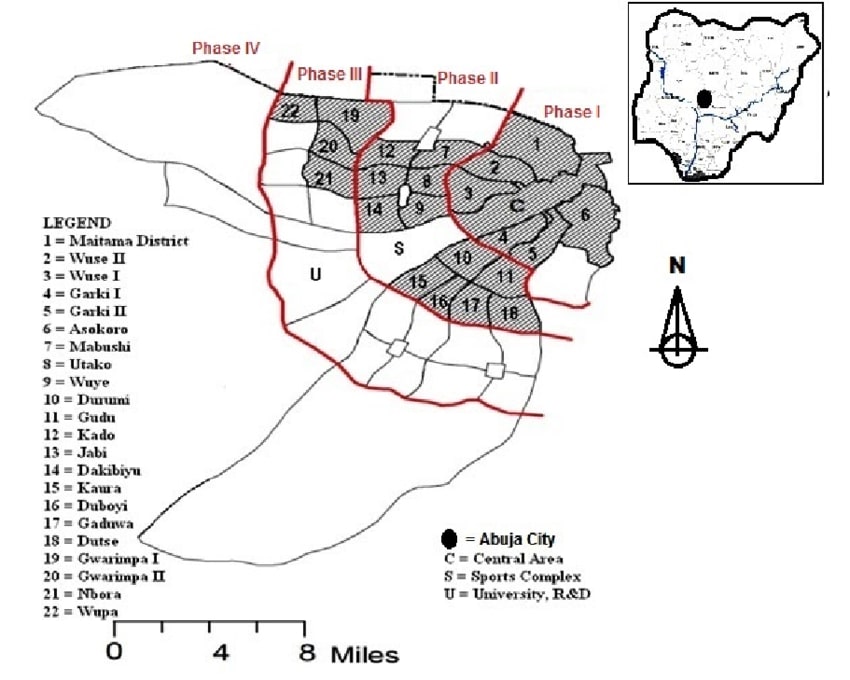
In 1979, a master plan was created by the urban city planners for the capital city of Abuja to be developed in five phases.
This plan was necessary for the ease and coordination of developmental efforts.
The developmental phases cover a total of 1,000 sq km and contain several districts for residential, governmental, or commercial purposes. Each of these districts also contains neighborhoods.
Let’s take a look at each Abuja developmental phase and its districts.
Abuja Phase 1
Abuja Phase 1 is the best and most developed phase in the capital city.
The region houses Abuja’s most sought-after neighborhoods, affluent estates, beautiful houses, sophisticated infrastructure, and an extensive road network.
This phase is divided into five (5) districts namely: Asokoro, Central Area, Garki, Garki II, Guzape I, Guzape II, Maitama, Wuse, and Wuse II.
The neighborhoods in each of these phases boast excellent infrastructure and are a great zone for premium real estate properties.
Abuja Phase 2
Phase 2 is a well-developed region with beautiful neighborhoods, great infrastructure levels, and an extensive road network. It can be closely compared to Phase 1 in terms of development and infrastructure.
There are fifteen (15) districts in Abuja Phase 2 and they include Apo-Dutse, Dakibiyu, Duboyi, Durumi, Gaduwa, Gudu, Jabi, Jahi, Kado, Katampe, Kaura, Kukwaba, Mabushi, Utako and Wuye.
In most of these districts, you’ll find a blend of premium residential, commercial, and leisure spaces in this area.
Abuja Phase 3
Phase 3 is located a bit further away from the city centre. The region is still undergoing development and thus, can’t be compared to Phase 1 or 2.
There are several districts and neighborhoods in this region with decent infrastructure levels and accessible road networks.
Due to its relative affordability compared to other phases, you’ll find a ton of real estate and commercial activities going on in this area.
There are seventeen (17) districts in Abuja Phase 3 and they include Bunkoro, Dakwo, Dape, Galadimawa, Gwarinpa, Industrial Area, Kabusa, Kafe, Karmo, Life Camp, Lokogoma, Nbora, Okanje, Pyakasa, Saraji, Wumba, and Wupa.
Abuja Phase 4
Phase 4 has not witnessed any substantial development since the developmental plan of Abuja began.
There’s an evident absence of basic infrastructure in the area. This makes real estate and commercial activities affordable here compared to the first three Abuja phases.
Although a lot of land in the region has been allocated for various purposes, serious development is yet to begin.
Districts you’ll find in Abuja Phase 4 include Bude, Burun, Chafe, Gidari Bahagwo, Gwagwa, Gwari, Idogwari, Idu, Jaite, Kaba, Kagini, Karsana, Ketti, Kpoto, Mamusa, Parfun, Sabo Gida, Sheretti, Tasha and Waru-Pozema.
Abuja Phase 5
Phase 5 consists of satellite town clusters. They are mostly located outside the city and in areas near Abuja’s airport road.
Districts in Phase 5 include Kyami and Lugbe.
Suburban Districts
It is also worth mentioning that there are five suburban districts in the city of Abuja that were not originally part of the master plan.
Due to their proximity to the capital city, some of these settlements have gained popularity and development.
Notable suburban districts around Abuja include Kubwa, Nyanya, Karu, Kuje, Jikwoyi, Mpape, and Dawaki.
Final Words
The organization and urban planning in Abuja did not randomly come to life. It was due to the strategic master plan approved by the Nigerian government to build a new capital city in 1797.
With this master plan, the city was organized into phases and gradually developed in a somewhat orderly fashion.
Do drop a comment if you have questions about Abuja phases and development.
FACT CHECK: We strive for accuracy and fairness in our content curation and reporting.If you see something that doesn't look right, please don't hesitate to contact us!
JOIN COMMUNITY: Loved this post? You'll love our community more. Feel free to join our WhatsApp community today and be prepared to discover all of Abuja's best-kept secrets!

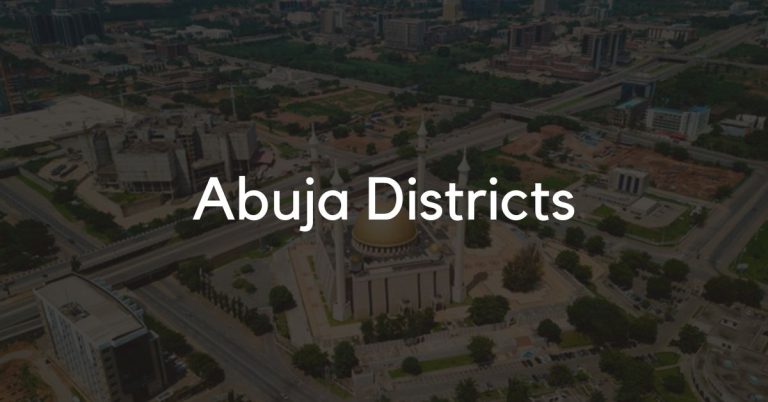
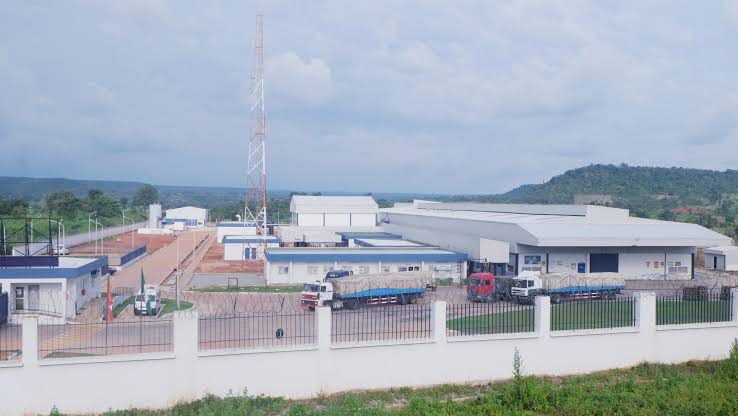
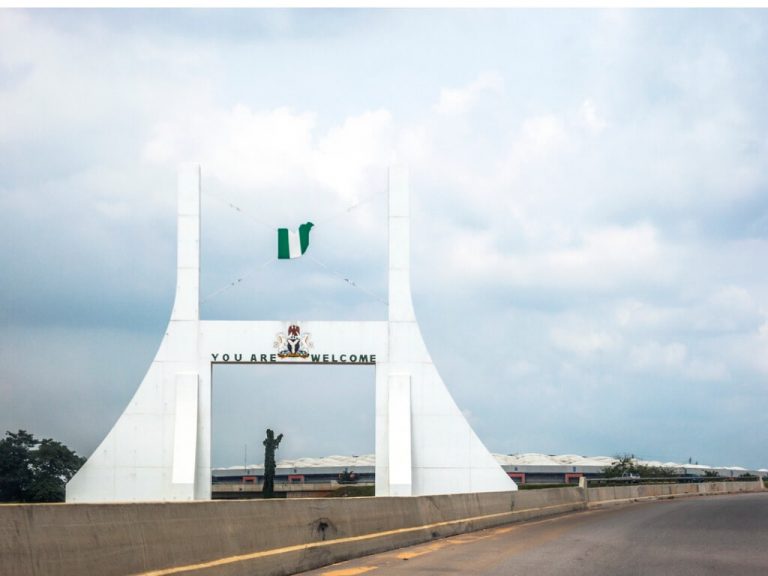
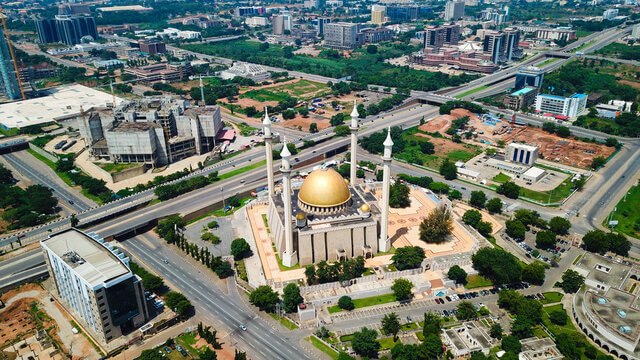
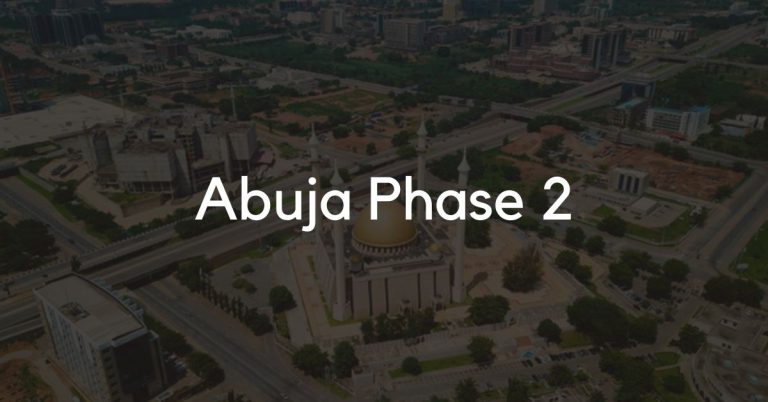
Curious to know how guzape II is under phase 1 but still undeveloped.